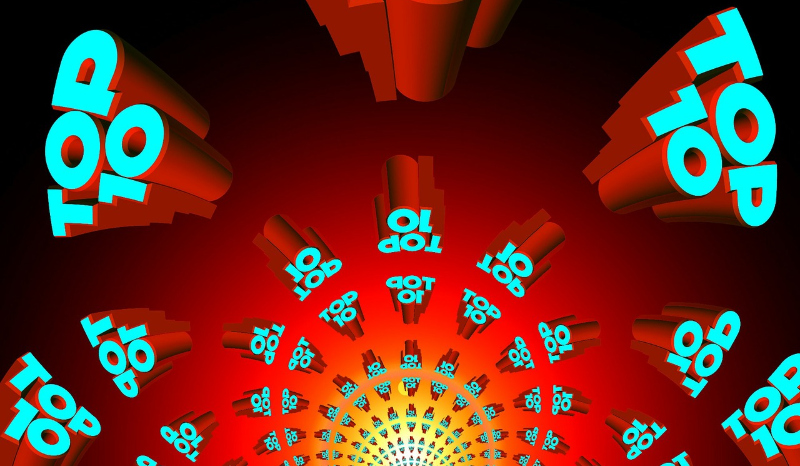
This Week’s Insights: The Golden Ages of TV… Faking out the YouTube music charts… Smartphone apps that recognize art… Where the audience is: smartphones… Making dance that reaches out.
- A Short History Of TV’s “Golden Ages”: Everyone says we’re in a Golden Age of TV. There are more shows and better shows than there have ever been. And arguably, TV has now become where most of the creative talent goes (as opposed to movies). Critic Emily Nussbaum attributes the rise in quality to the internet and streaming – as TV became less ephemeral (you had to be in front of your TV at a specified time and day) and viewer communities found one another online and could dissect shows in minute detail. But TV has had a series of Golden Ages that have continually redefined the medium. As much as any art form, the audience has defined the creative direction.
- YouTube Is Battling Manipulation Of Its Music Charts: Increasingly music hits are determined by how many times they’re seen online. But recording labels have figured out how to game the counts – taking out ads, for example, that play the video and under certain conditions get counted as views for the charts. It’s a familiar refrain here, but measures of success measured solely by how often something is seen or heard, is an increasingly archaic way of valuing culture.
- If You Know What It Is… There is a new wave of smartphone apps that will tell you what you’re looking at when you point your camera at it. They’re trying to catalog the physical world as a way of providing instantaneous information about songs or clothes or plants or paintings. First came Shazam, an app that allows users to record a few seconds of a song and instantly identify what it is. Now a catalog of hundreds of thousands of artworks has been added, and you’ll get information about the art when you point at it. In a world in which people – particularly young people – want data about the things around them, will this help build awareness and audience for art?
- Where’s Your Young Audience? On Their Phones: No surprise, right? They spend an average of six hours a day staring at the screens. But young smartphone users have little use for apps that don’t seamlessly deliver what they’re looking for. Chances are that your potential audience’s first encounter with you will be on their mobile device. So…
- How To Make Dance Outreach Programs That Actually Work: “By offering vulnerable populations the opportunity to make choices, work collaboratively and express themselves creatively, dance has the power to be transformative.” Writer Rachel Caldwell offers examples of how that happens from Urban Bush Women, Dimensions Dance Theater, Keshet Dance Company, and Gibney.
Image by Gerd Altmann from Pixabay
Leave a Reply